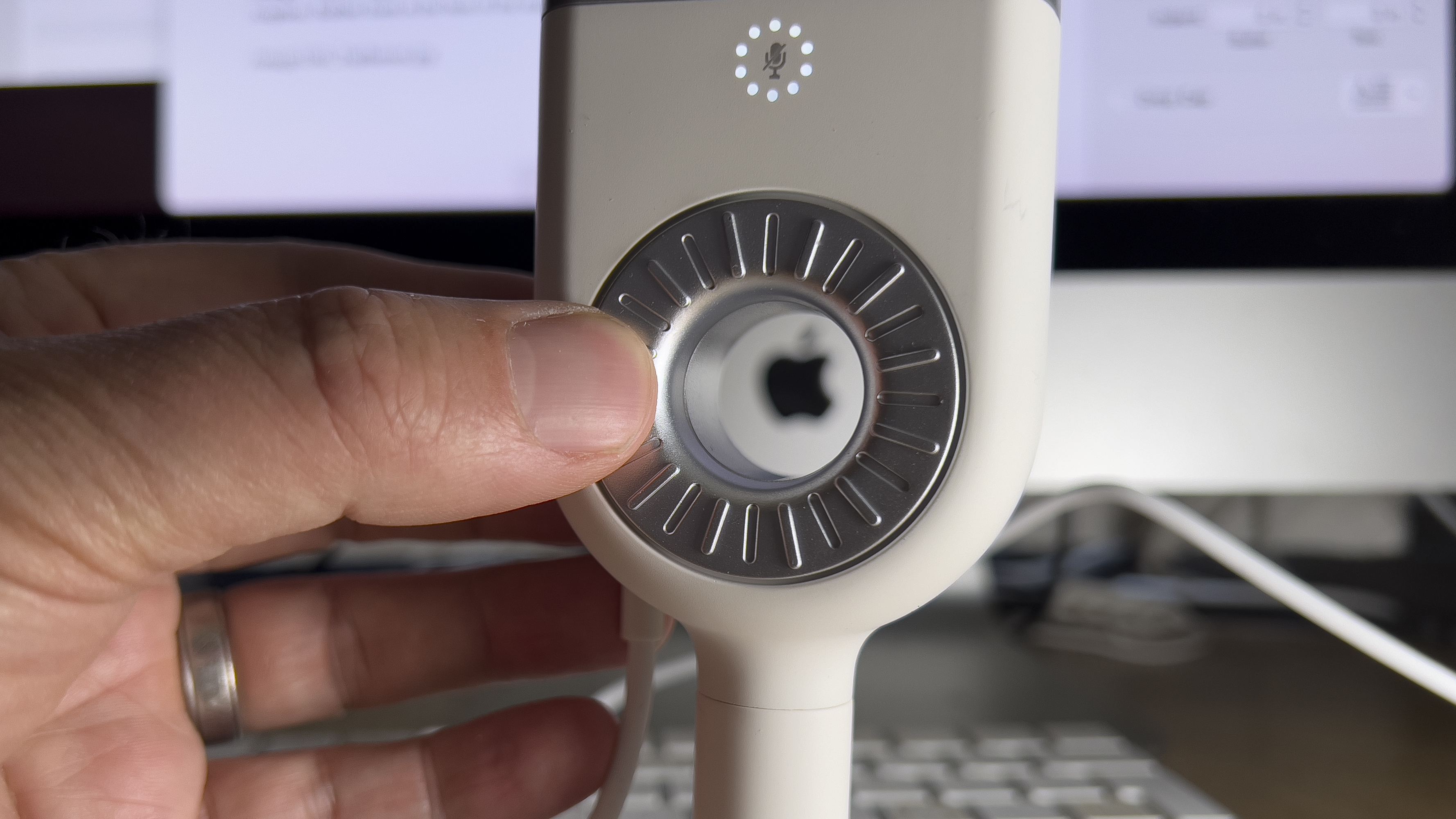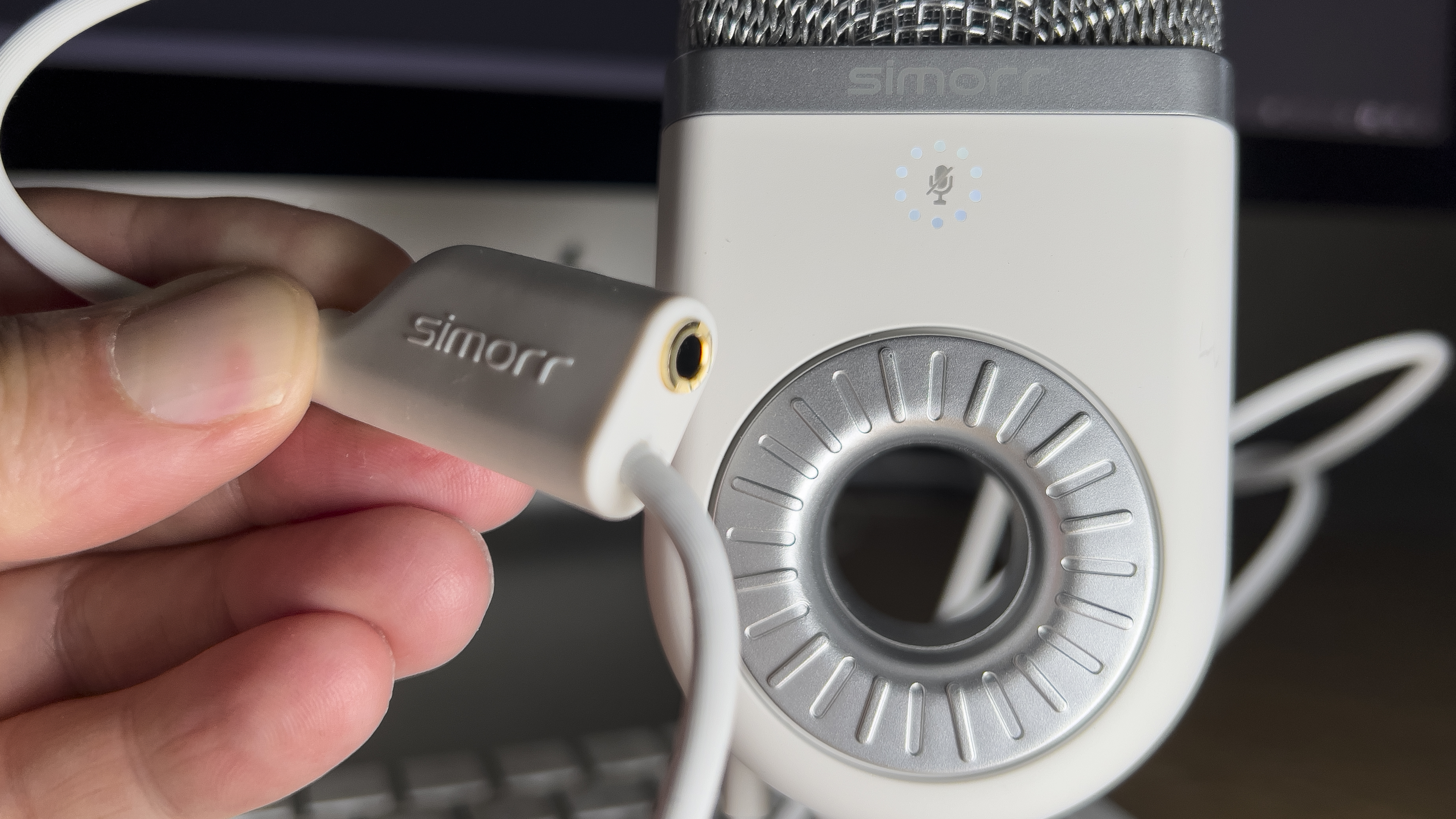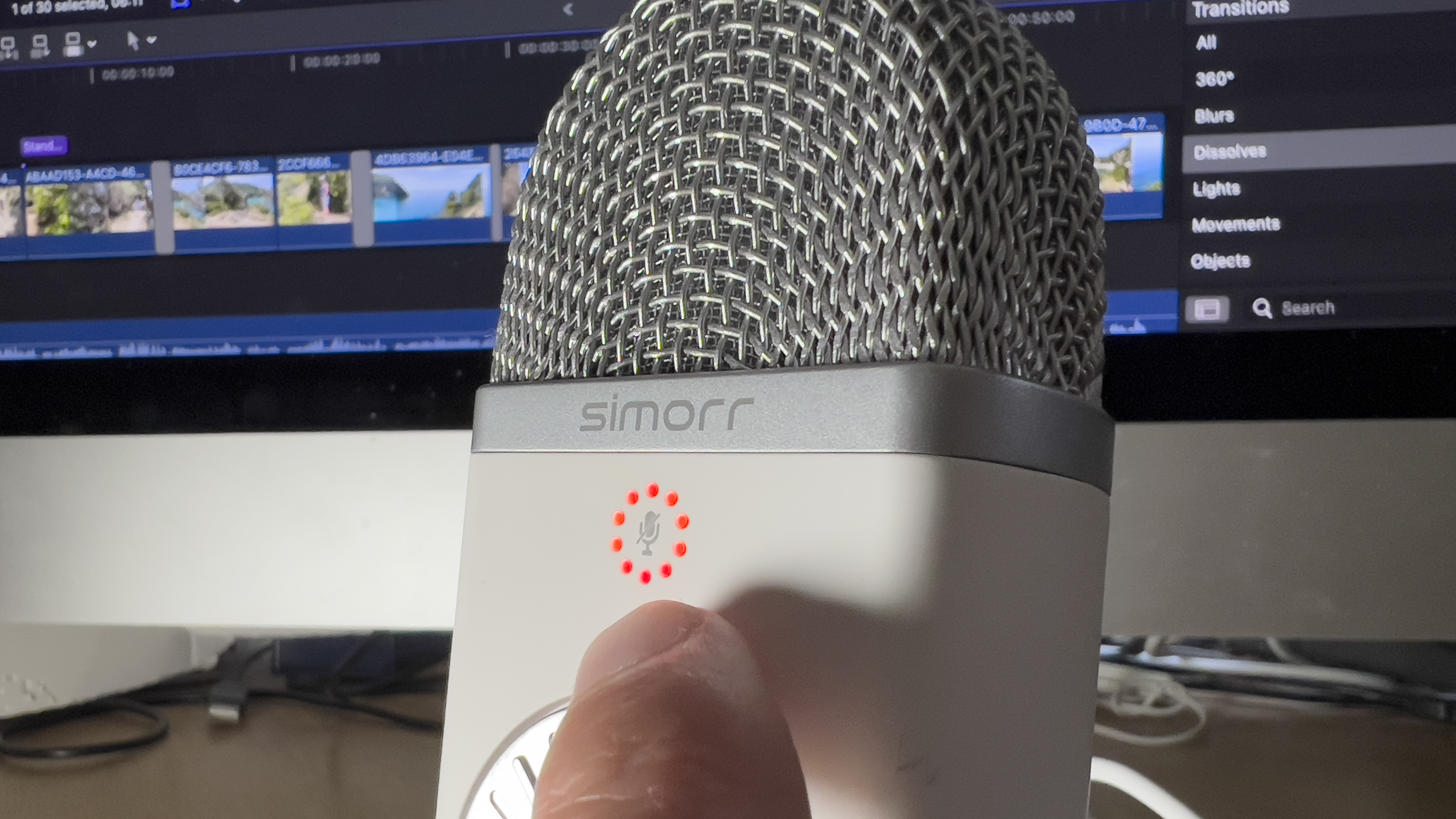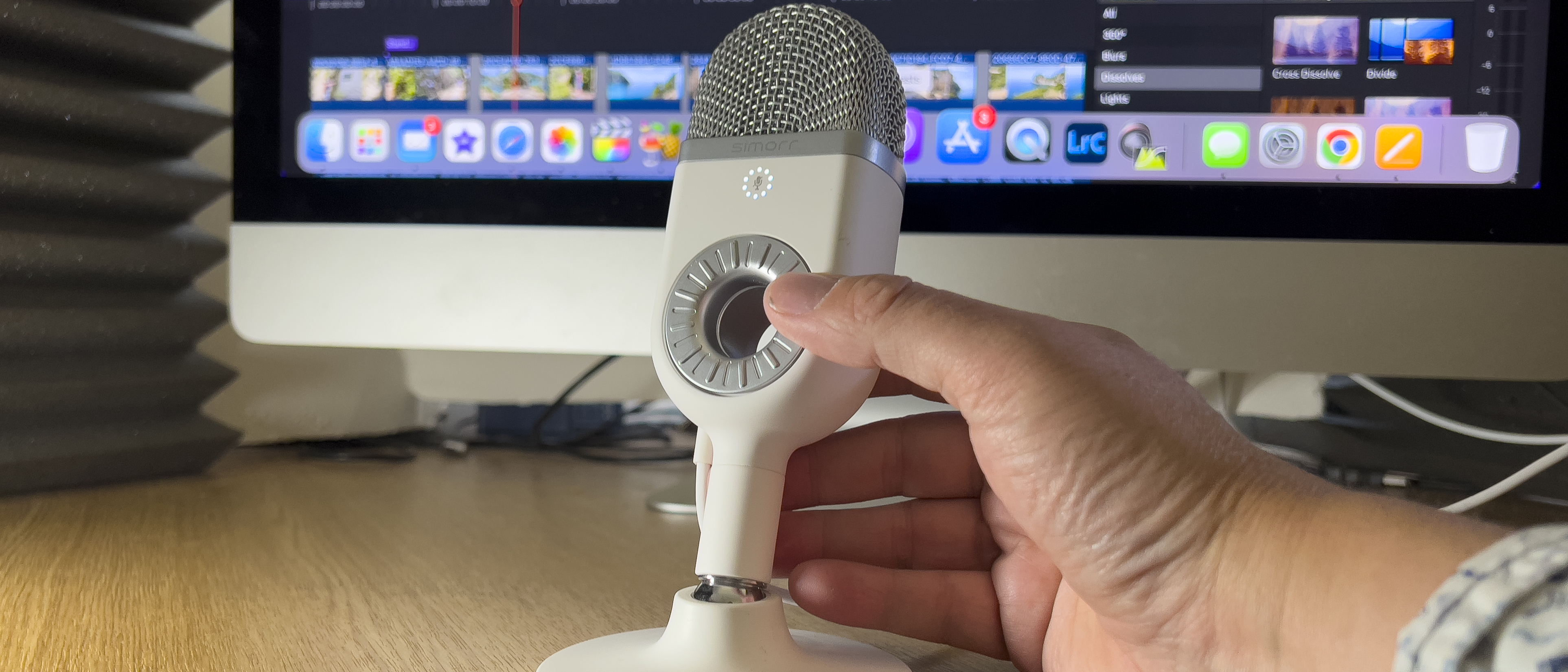Digital Camera World Verdict
In a crowded microphone market, the simorr Wave U1 stands out from the rest due to the combination of its small size and large sound! It will give you more presence in a Zoom meeting (without appearing on camera like taller mics would) and it captures strong rich audio tracks for professional voice overs. It’s also cheaper than most USB condenser mics, which gives it that extra half star.
Pros
- +
Small and portable
- +
Built-in headphone monitor socket
- +
2 in 1 cable for easy connection
- +
Full-bodied audio
Cons
- -
Only one polar pattern
- -
The white version shows up scratches
Why you can trust Digital Camera World
The simorr Wave U1 is a higher-quality alternative to your computer's built in mic. When using your PC’s built-in mic you have the convenience of recording or broadcasting your voice without the hassle of plugging in an external mic and adjusting sound levels. However the quality of your voice will probably be flat and thin.
This might be fine for a Zoom call but it will reduce the production values of your YouTube channel’s content or video project’s voice over. There’s plenty of plug and play USB mics on the market as you’ll see from our buying guides, but it’s worth looking at the simorr Wave U1 because it’s the smallest and cheapest desktop USB mic that we’ve tested and it sounds great (as you’ll hear from our test video which will appear as you scroll through this review.)
Specifications
Weight: 265g
Sensitivity: -38dB + 2dB
Frequency range: 20Hz - 20kHz
Materials: Aluminum alloy, ABS+ PC
Polar patterns: Cardioid
Signal/Noise: 80dB SPL
Sample rate: Max 48 kHz
Compatibility: Windows, Android, macOS, Linux, PS4, PS5
Key features


From bottom to top the mic stands at approx 17.5 cm. This is around half the height of our usual desktop mic – the Blue Yeti. Being small is a key feature as the Wave U1 doesn’t overlap our computer’s display. This enables us to watch a video project while we record a voice over without the mic obscuring the onscreen action. You can also use the mic to produce better sounding audio in a Zoom call without it being visible onscreen.
You may think twice about trying to pack a Blue Yeti in your laptop bag but the Wave U1 is much more compact and portable, which should make it attractive to those who like to work on the move.
The Wave U1 has a touch sensitive Mute button which turns red or white with a tap. It also has a physical input dial that makes it more or less sensitive to your sound levels. You can monitor the audio quality by plugging headphones directly into the mic’s jack socket (though most sound recordists will monitor audio directly from the computer in case any changes occur when recording into an app such as Final Cut Pro or Premiere Pro).
Build and handling


You can buy a white or black version of the Wave U1. We went for the silver and white version as it suited our iMac’s colours, but the white plastic body does show up scratches more than the black version.
The Wave U1 ships in three separate sections. There’s a stand, an extension mount and the mic itself. We made the mistake of not reading the instructions and screwed the mic directly into the stand. This created a very stumpy looking mic.
It took us a while to unscrew the mic from the stand as the thread kept slipping but we were eventually able to attach the mic to the extension mount and then attach that to the stand as the manufacturer intended.
This then enabled us to tilt the mic back at an angle so that the sensitive section of the mic (its front) was pointing at our mouth. Unlike most USB condenser mics the Wave U1 only has one polar pattern (area of sensitivity) at the front. For most people this won’t be an issue as they’ll be using the mic to capture their voice from the front (rather than interviewing someone on the opposite side of the mic which would require a bi-directional polar pattern.)
The Wave U1 ships with a USB-C cable that plugs straight into your computer. It also has an adaptor that can plug the mic into an android device to record audio on the go. When we first connected the Wave U1 to our iMac the computer couldn’t find it in the Settings panel which made us worry about missing drivers. However we hadn’t fully pushed the other end of the cable into the mic itself. After a push and a satisfying click the mic then appeared in our Settings panel and we were ready to record.
Performance
For a small mic, the Wave U1 produces a big sound. Its cardioid polar pattern reduces the sound from the sides and rear of the mic so there’s less interference from room echo or computer whir.
If you listen to our test video you’ll hear the sound as we recorded it. We’ve made no changes to the EQ or Loudness of the sound track. The audio from the Wave U1 sounds as clear and rich as we’d expect from a mic twice its size and price!
Verdict
If you’ve yet to buy your first USB condenser mic then the Wave U1 is well worth a purchase due to the low price, small size and excellent sound quality. If you already own a desktop USB mic such as the Blue Yeti then the smaller simorr Wave U1 is still worth considering if you want to capture better quality audio while out and about with your laptop.
Read more:
George has been freelancing as a photo fixing and creative tutorial writer since 2002, working for award winning titles such as Digital Camera, PhotoPlus, N-Photo and Practical Photoshop. He's expert in communicating the ins and outs of Photoshop and Lightroom, as well as producing video production tutorials on Final Cut Pro and iMovie for magazines such as iCreate and Mac Format. He also produces regular and exclusive Photoshop CC tutorials for his YouTube channel.


